 W
WMoritz Allé was a Czech astronomer and mathematician, one of the teachers of Nikola Tesla.
 W
WVáclav Benda was a Czech Roman Catholic activist and intellectual, and mathematician. Under Communist rule in Czechoslovakia, Benda was rare in being a believing Christian while also a senior member of the anti-communist dissident organization Charter 77. After the Velvet Revolution, Benda became the head of an organization charged with investigating the former Communist secret police and their informants.
 W
WBernard Bolzano was a Bohemian mathematician, logician, philosopher, theologian and Catholic priest of Italian extraction, also known for his liberal views.
 W
WOtakar Borůvka was a Czech mathematician best known today for his work in graph theory.
 W
WNikolai Dmitrievich Brashman was a Russian mathematician of Jewish-Austrian origin. He was a student of Joseph Johann Littrow, and the advisor of Pafnuty Chebyshev and August Davidov.
 W
WBohumil Bydžovský was a Czech mathematician, specializing in algebraic geometry and algebra.
 W
WEduard Čech was a Czech mathematician born in Stračov. His research interests included projective differential geometry and topology. He is especially known for the technique known as Stone–Čech compactification and the notion of Čech cohomology. He was the first to publish a proof of Tychonoff's theorem in 1937.
 W
WChristian of Prachatice was a medieval Bohemian astronomer, mathematician and former Catholic priest who converted to the Hussite movement. He was the author of several books about medicine and herbs, and contributed to the field of astronomy with many papers and data recordings.
 W
WVáclav (Vašek) Chvátal (Czech: [ˈvaːtslaf ˈxvaːtal] is a Professor Emeritus in the Department of Computer Science and Software Engineering at Concordia University in Montreal, Quebec, Canada. He has published extensively on topics in graph theory, combinatorics, and combinatorial optimization.
 W
WVlastimil Dlab is a Czech-born Canadian mathematician who has worked in Czechoslovakia, Sudan, Australia and especially Canada where he founded and led an influential department of modern mathematics.
 W
WEduard Feireisl is a Czech mathematician.
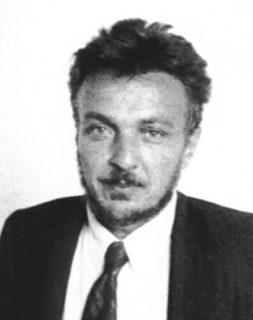 W
WZdeněk Frolík was a Czech mathematician. His research interests included topology and functional analysis. In particular, his work concerned covering properties of topological spaces, ultrafilters, homogeneity, measures, uniform spaces. He was one of the founders of modern descriptive theory of sets and spaces.
 W
WDavid Gans, also known as Rabbi Dovid Solomon Ganz, was a Jewish chronicler, mathematician, historian, astronomer and astrologer. He is the author of "Tzemach David" (1592) and therefore also known by this title, the צמח דוד.
 W
WKarel Janeček is a Czech mathematician, entrepreneur, anti-corruption campaigner and author of voting system Janecek Method (D21) and online game Prezident 21.
 W
WVojtěch Jarník was a Czech mathematician who worked for many years as a professor and administrator at Charles University, and helped found the Czechoslovak Academy of Sciences. He is the namesake of Jarník's algorithm for minimum spanning trees.
 W
WVáclav Jeřábek (1845–1931) was a Czech mathematician, specialized in constructive geometry.
 W
WJoseph John Kohn is a Professor Emeritus of mathematics at Princeton University, where he researches partial differential operators and complex analysis.
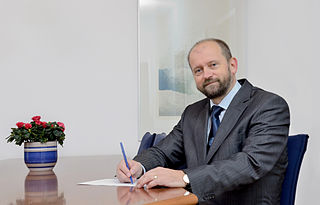 W
WJan Kratochvíl is a Czech mathematician and computer scientist whose research concerns graph theory and intersection graphs.
 W
WJakub Kresa, Spanish: Jacobo Kresa, Latin: Jacobo Kreysa was one of the most important Czech mathematicians of the Baroque era.
 W
WVáclav Láska (1862–1943) was a renowned Czech astronomer, geophysicist, and mathematician. He conducted most of his work at Charles University.
 W
WMathias Lerch was a Czech mathematician who published about 250 papers, largely on mathematical analysis and number theory. He studied in Prague and Berlin, and held teaching positions at the Czech Technical Institute in Prague, the University of Fribourg in Switzerland, the Czech Technical Institute in Brno, and Masaryk University in Brno; he was the first mathematics professor at Masaryk University when it was founded in 1920.
 W
WCharles Loewner was an American mathematician. His name was Karel Löwner in Czech and Karl Löwner in German.
 W
WCyprián Karásek Lvovický was a Bohemian astronomer, mathematician and astrologer.
 W
WJan Mandel is a Czech-American mathematician. He received his PhD from the Faculty of Mathematics and Physics, Charles University in Prague and was a Senior Research Scientist there. Since 1986, he is professor of Mathematics at the University of Colorado Denver. Since 2013, he is senior scientist at the Institute of Computer Science of the Czech Academy of Sciences.
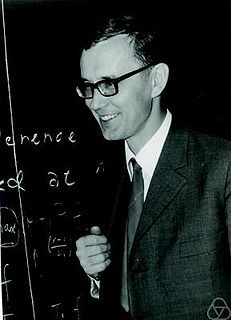 W
WProfessor Petr Mandl DSc was a Czech mathematician known for his contributions to the fields of stochastic processes and actuarial science. He published several books and more than hundred articles.
 W
WJiří (Jirka) Matoušek was a Czech mathematician working in computational geometry and algebraic topology. He was a professor at Charles University in Prague and the author of several textbooks and research monographs.
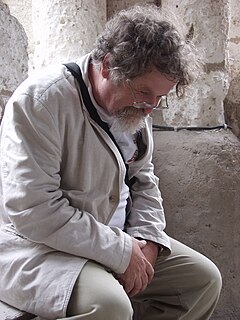 W
WJaroslav (Jarik) Nešetřil is a Czech mathematician, working at Charles University in Prague. His research areas include combinatorics, graph theory, algebra, posets, computer science.
 W
WKarel Petr was one of the most renowned Czech mathematicians of the first half of the 20th century.
 W
WBedřich Procházka was a Czechoslovak mathematician. He was granted an honorary doctorate from the Czech Technical University in Prague in 1925.
 W
WJan Saxl was a Czech-British mathematician, and a professor at the University of Cambridge. He was known for his work in finite group theory, particularly on consequences of the classification of finite simple groups.
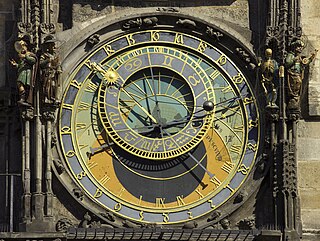 W
WJan Šindel, also known as Jan Ondřejův, was a Czech medieval scientist and Catholic priest. He was a professor at Charles University in Prague and became the rector of the university in 1410. He lectured on mathematics and astronomy and was also a personal astrologer and physician of kings Wenceslaus IV of Bohemia and his brother Holy Roman Emperor Sigismund.
 W
WFrantišek Josef Studnička was a Czech mathematician and popular pedagogue at Charles University in Prague. He was also an active contributor to astronomy and meteorology. He was known as the author of several textbooks and popular articles.
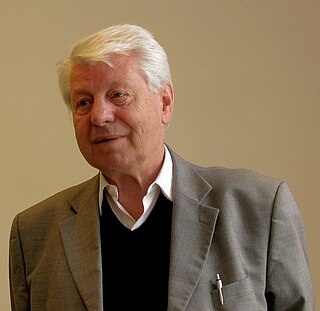 W
WPetr Vopěnka was a Czech mathematician. In the early seventies, he developed alternative set theory, which he subsequently developed in a series of articles and monographs. Vopěnka’s name is associated with many mathematical achievements, including Vopěnka's principle. Since the mid-eighties he concerned himself with philosophical questions of mathematics.
 W
WStanislav Vydra was a Bohemian Jesuit priest, writer, mathematician.
 W
WEduard Weyr was a Czech mathematician now chiefly remembered as the discoverer of a certain canonical form for square matrices over algebraically closed fields. Weyr presented this form briefly in a paper published in 1885. He followed it up with a more elaborate treatment in a paper published in 1890. This particular canonical form has been named as the Weyr canonical form in a paper by Shapiro published in The American Mathematical Monthly in 1999. Previously, this form has been variously called as modified Jordan form, reordered Jordan form, second Jordan form, and H-form.
 W
WEmil Weyr was an Austrian-Czech mathematician, known for his numerous publications on geometry.
 W
WFrantišek Wolf (1904–1989) was a Czech mathematician known for his contributions to trigonometry and mathematical analysis, specifically the study of the perturbation of linear operators.